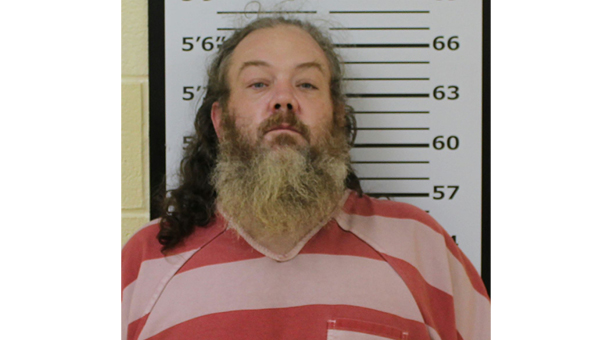Gunpowder maker for Overmountain men…. Weekend events pay tribute to Mary Patton
Published 9:03 am Monday, April 8, 2019
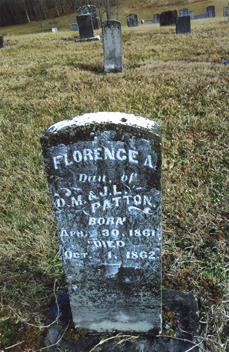
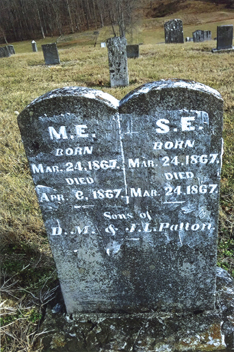
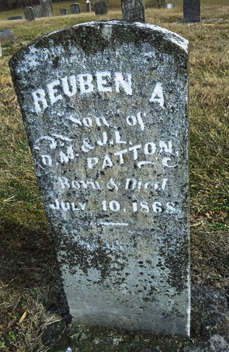
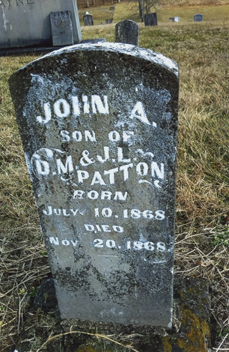

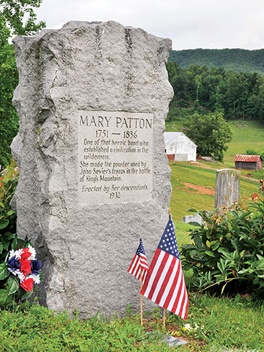
Two special events are coming up Saturday, April 13, to honor Mary McKeehan Patton, pioneer gunpowder manufacturer, who is buried in the Patton-Simmons Cemetery off Mary Patton Highway (formerly known as Powder Branch Road).
A memorial service for Mary Patton will be held at 10 a.m. Saturday in the Patton-Simmons Cemetery. Teresa McKeehan Phelps, a descendant of Patton, will present a brief talk about Patton. Phelps, who played Mary Patton, in the drama “Liberty: The Saga of Sycamore Shoals,” and who has researched Patton’s family history, invites all descendants of Patton to attend.
Later that day at 2 p.m., at Sycamore Shoals State Park, there will be an unveiling of a portrait of Mary Patton by Jeff Trexler. Trexler used a composite of features from Mary Patton’s descendants to do the painting as there are no known photographs of Patton.
Trending
The painting was commissioned by Martin Mongiello, proprietor of the Inn of the Patriots in Grover, N.C., near King’s Mountain. Mongiello, a former White House chef, will also demonstrate cooking a traditional Scotch-Irish meal at the Harvest Kitchen in Unicoi on April 12 at 5:30 p.m. Tickets are $20 and are limited. Reservations are required and can be obtained by calling (423) 743-6268.
Mary McKeehan Patton served an apprenticeship, possibly under her father, David McKeehan, and learned the art of making gunpowder. In 1772 she married John Patton, an Irish immigrant, who served as a private in the Pennsylvania militia early in the American Revolution.
The Pattons manufactured gunpowder in the Cumberland County region of Pennsylvania. Following the birth of two children, the couple sold their powder mill in Pennsylvania and migrated to East Tennessee, and with the help of family friend, Andrew Taylor, father of Nathaniel Taylor, they established a mill on what became known as Powder Branch, adjacent to the Taylor homeplace.
Phelps noted that the Pattons perhaps became acquainted with Andrew Taylor, when he served in the Pennsylvania Militia. Taylor established a mill for the Pattons at Powder Branch. It was in production from 1777 until after the War Between the States. Mary Patton probably taught other members of her family to manufacture gunpowder, including the Hyders and the Peoples.
Phelps noted that Mary and John Patton had two small children when they moved to the Overmountain region of North Carolina, now Tennessee. Moving over the mountains into Cherokee lands meant they were in direct violation of the crown’s order to remain east of the Appalachians. “This had to be a rigorous and dangerous journey for the family as the trail was just a path. It was not even a trail large enough for a wagon, so they either walked or came by horseback. Mary and John came with two small children, who had to be carried. They brought no possessions with them, only what they could carry,” said Phelps.
“It was an old Cherokee Indian trail, and they faced not only being attacked by the British, but by the Indians as well. They perhaps stayed at Fort Watauga for a period of time when they came to this area as they had no home,” she further noted.
Trending
Mary Patton’s role in the Battle of King’s Mountain was to provide 500 pounds of gunpowder to the 850 Overmountain Men from her mill on Powder Branch. “Again, she was a woman of strength and endurance as she was either carrying a child or nursing it when she was making this powder,” said Phelps.
The gunpowder was an essential ingredient in the victory by the Overmountain Men over Ferguson’s army at King’s Mountain.
According to the small booklet “Mary Patton Powder Maker of the Revolution” by Robert A. Howard and E. Alvin Gerhardt, Jr., it was only many years later that John and Mary Patton finally paid for the land on which their house was built. Land warrants were issued by the State of North Carolina to John Patton for 100 acres of land Oct. 9, 1778; for 30 acres, Dec. 8, 1779; for 100 more acres, Dec. 8, 1779; and for an additional 200 acres of land May 2, 1780.
Howard and Gerhardt shared in the booklet that Mary Patton would often shoe her mare, and when the journey was completed and she was back home, she would remove the shoes to save them for another expedition. “After the war she continued to make gunpowder, riding as far as South Carolina to sell the powder for about a dollar a pound,” the two wrote.
Mary Patton died Dec. 15, 1836, and was buried by her grandson S.E. Patton on a nearby hilltop, in what is now known as the Patton-Simmons Cemetery.
Patton’s mill actually led to the name still used by a community in Carter County — Powder Branch, the stream that ran through there and powered her powder operation.
Though she died in 1836, the Patton Mill remained open and operational until the Civil War when it was sold outside of the family.
PATTON-SIMMONS CEMETERY
The Patton-Simmons Cemetery is one of the oldest cemeteries in Carter County, and recently Teresa McKeehan Phelps, who has ancestors buried in the cemetery, made an interesting discovery.
“About six months ago I attended a meeting of the Watauga Historical Association, and the guest speaker was Art Bohanon, a forensic scientist, who showed us to how to read old tombstones that were not legible by using shaving cream. Later I made a trip to the cemetery to try it, and it works,” Phelps said.
Phelps had noticed five small gravemarkers — all in a row. “They were alike, but I couldn’t read any of the names on them,” she said. So, she used the shaving cream, spraying it on the markers. She discovered they were the graves of the children of Drury Morrow Patton, a great-grandson of Mary and John Patton, and his wife, Joanna L. Hyder.
“These children, Florence, M.E. and S.E., twin sons; John and Reuben, twin sons; and Luther had died young. Florence died in 1862 at the age of one and a half years old; M.E. and S.E. were born March 24, 1867. S.E. died at birth and M.E. lived 16 days. Two more sons, Reuben A. and John A., were born July 10, 1868. Reuben died at birth and John lived until Nov. 20 of that year. Luther was born Sept. 8, 1877 and died Dec. 18, 1881.
“Records indicate they had four more children — Nora Jane, who was born Dec. 1, 1863; James Caswell, born July 20, 1869; Charles Hyder, born Feb. 8, 1972; and Erastus Eugene, born August 7, 1874, Phelps shared.
“I can’t imagine the grief one would have at losing so many children in such a short period. I have read that the infant mortality rates were high during this period. They lost five children within the space of six years. I just can’t imagine that,” said Teresa.
D.M.’s parents, Samuel English Patterson and wife, Temperance Morgan Patterson, also had two sets of twins among their 12 children.
Teresa, who enjoys exploring old cemeteries, shared, “There is a wealth of history and information to be gleaned from tombstones. These were our ancestors and they made the down payment on our freedom.”










